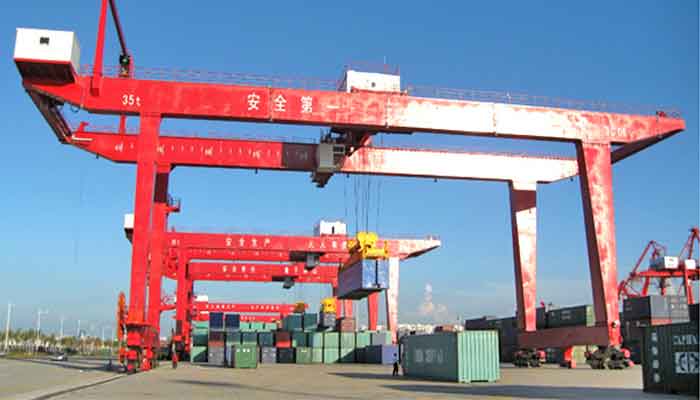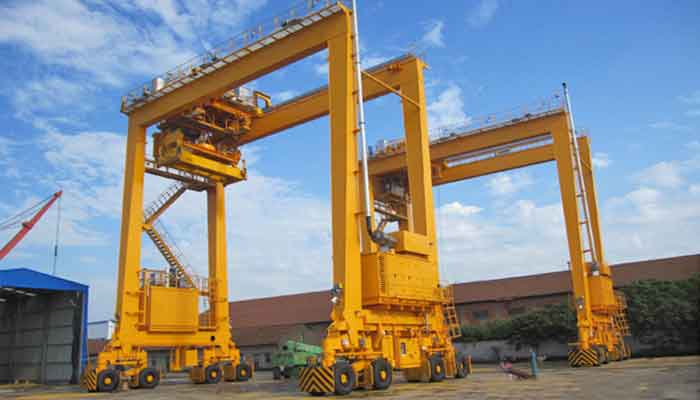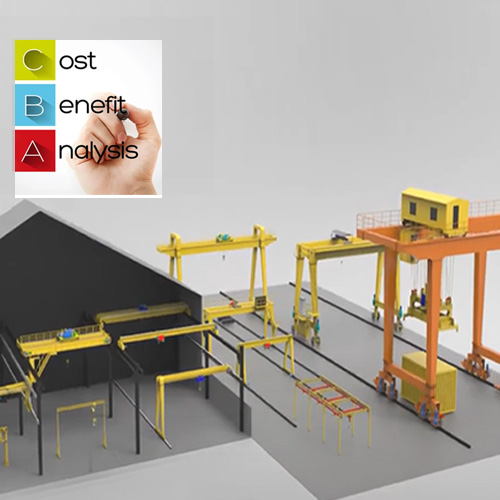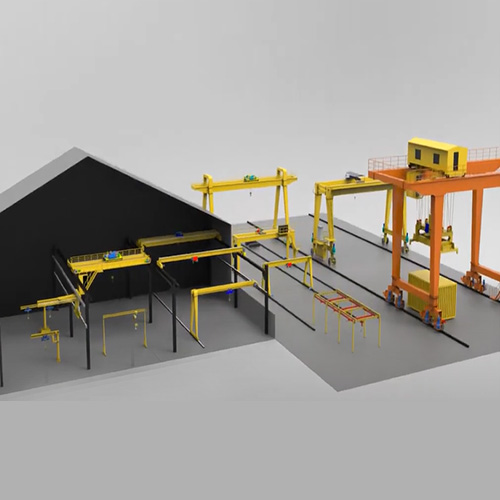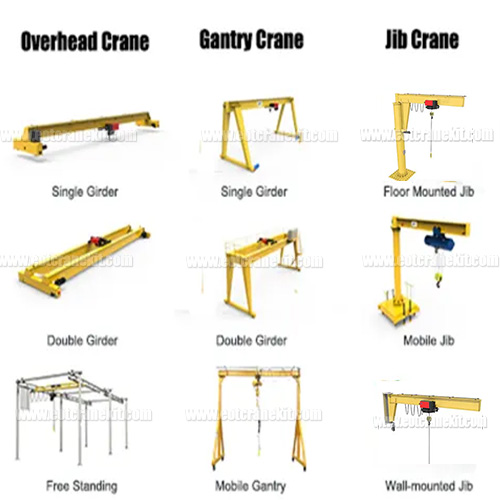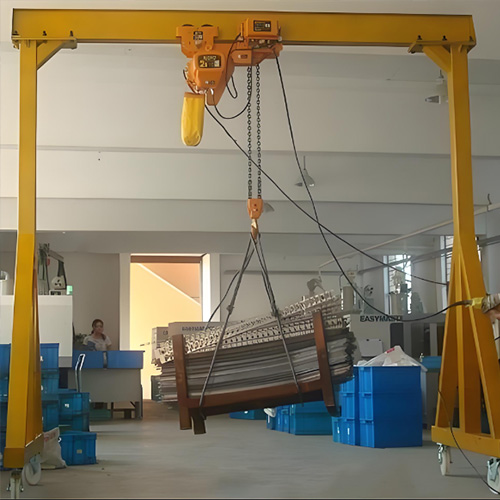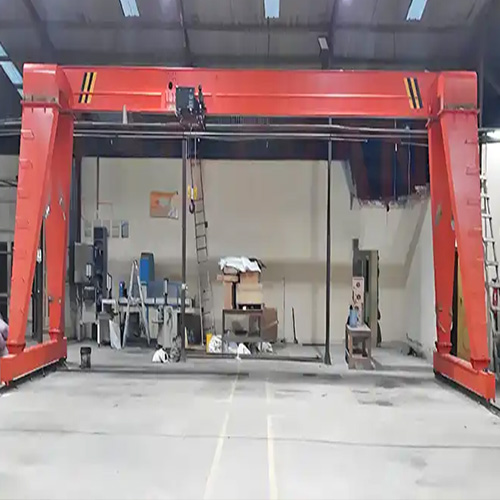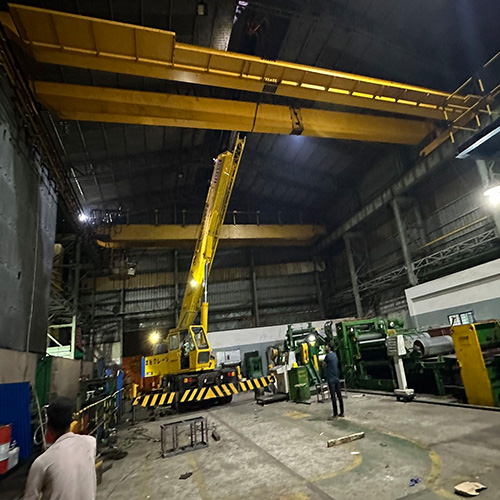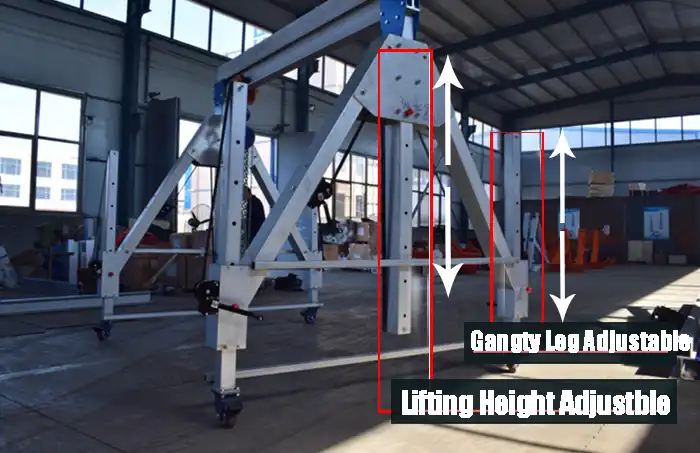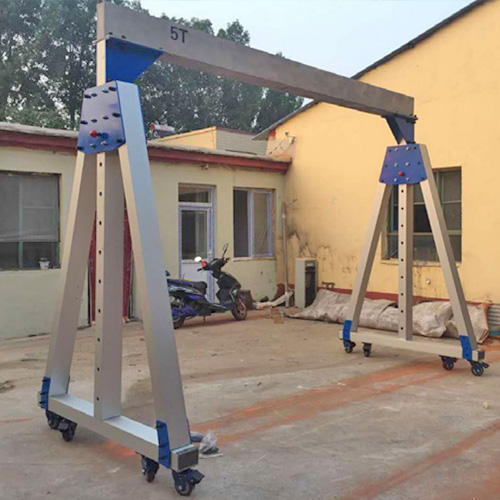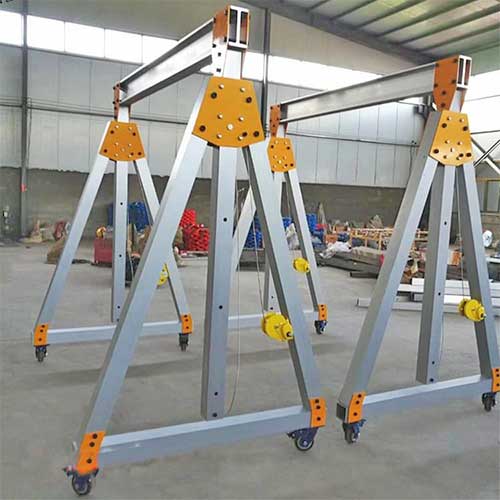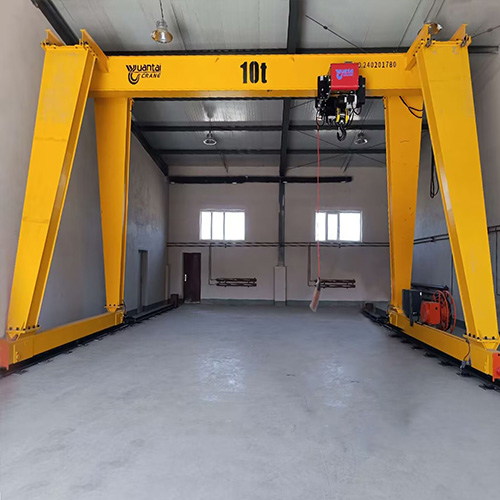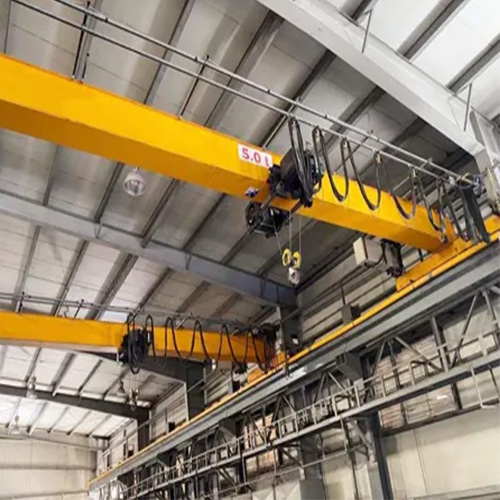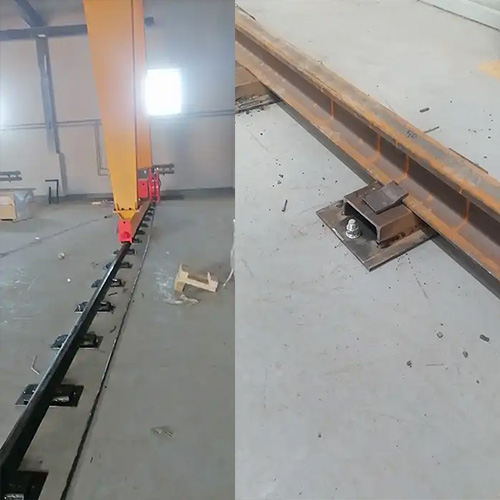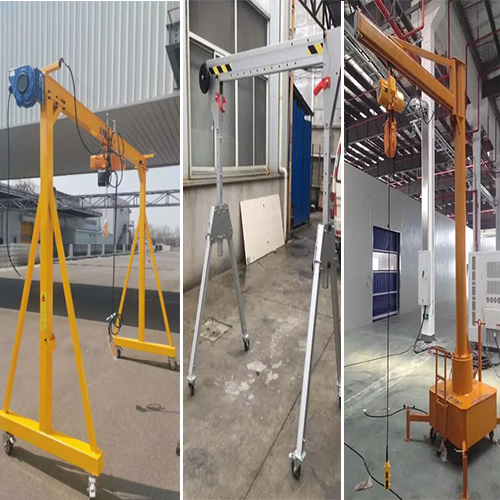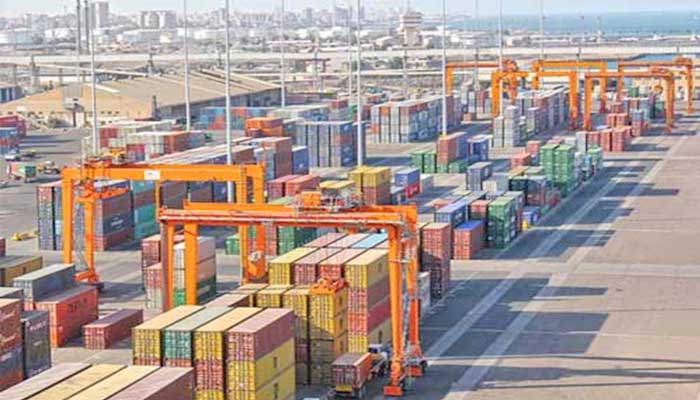
RTG Crane & RMG Crane| How to select RTG & RMT Container Crane?
Rail mounted gantry crane
The rail-mounted gantry crane travels or moveson a fixed track and is ideal for use in a terminal, container yard, or railway freight station. It's a container crane designed to handle, load, and unload worldwide ISO standard containers. A mobile cab, a twin girder gantry structure, and a single trolley hoist structure are also available. Anemometer, container spreader, anchoring device, wind cable device, lightning arrester, and other accessories are included.
Rubber tyred container crane
RTG cranes are a type of containergantry crane that is used in container yards for container loading, unloading, handling, stacking, and operation. RTG cranes currently have a lifting capability of 30 tons, a width equal to six rows of containers and one chassis lane, and a lifting height of 11-12 meters. The rubber tyred gantry crane's key benefit is that it can effectively utilize the yard, which has a cheap construction cost, is adaptable, and versatile. It not only has the ability to go forward and backward, but also has a steering gear that allows it to move from one box area to another.
Comparison of rtg & rmg container crane
What is the difference between a rubber tyred gantry crane and a rail mounted container gantry crane?
Rubber tyred gantry cranes (RTG cranes) and rail mounted gantry cranes (RMG cranes) have been widely utilized in container yards due to the rapid development of world container transportation and short supply cycles. High quality RTG crane and RMG crane are rapidly being desired by users. However, there are still some differences with rubber tyred and rail mounted gantry cranes. Although the two types of container gantrycranes perform comparable tasks, they differ in terms of technical performance, loading and unloading performance, operation performance, economic performance, automation performance, and so on.
Coverage for loading and unloading
If the wharf's container handling yard is 40,000 m2, the following two loading and unloading operations can be selected.
RTG Crane:We can set up six container handling yards with a length of 156 meters and a width of 23.47 meters, equipped with 5-6 rubber tyred gantry cranes, divided into five regions, each with 24 columns and 6 rows, with a total capacity of 720 containers.
RMG Crane: We can set up two container handling yards with a length of 170m and a width of 47m, each with four rail-mounted gantry cranes, divided into two regions with 26 columns and 16 rows each, with a total capacity of 832 containers. Outside the RMG rail, the tractor channel of the container is beneath the extend cantilever.
Loading and unloading efficiency
Technical specifications. Because of the limitations of the engine generator system, the RTG's hoisting speed should not be excessive; otherwise, the rubber tyred gantry crane's engine may stall or speed up. RMG, on the other hand, uses the power of the electric network system directly, and it has better mechanical properties in terms of starting, braking, and lifting and falling heavy loads. The hoisting mechanism, trolley mechanism, and cart mechanism may all run quickly when the run distance is long.Maneuverability. RTG can make a 90-degree turn to work in another field; however, the friction between the tire and the ground on both sides of the running bridge is highly different, making it easy to deviate; as a result, it must be corrected on a regular basis, otherwise safety mishaps will occur. RMG can only walk along a fixed track and cannot perform transfer field operations, however it does not need to correct a deviation.
Breakdown downtime. The drive and control lines are driven from the electrical room to the cab through the towing cable, which means mechanical failures are more often, downtime is longer, and maintenance is more complicated with a rubber tyred gantry crane. RMG, on the other hand, is more dependable and easier to maintain.
Operation performance
In RTG, there are a lot of exhaust gases and noise, which makes it difficult to communicate between the crane operator and the ground crew, decreases the cart walking alarm's warning effect, and easily leads to safety mishaps. RMG produces no waste gas or noise, and the entire machine runs quietly and smoothly, allowing the crane driver and ground crew to interact freely.
OTechnical performance
Other elements of RTG are inferior to RMG or have no evident advantage, as stated in the table, except from car walking and transfer flexibility.Main Parameter Comparison of RTG Crane and RMG Crane
| Main Parameter | RTG | RMG | Differences | |
| RTG | RMG | |||
| Rated Lifting Weight (t) | 40.5 | 40.5 | ||
| Span (m) | 23.47 | 47 | The span is small and single, no extend cantilever | |
| Rated Lifting Height (m) | 18.2 | 18.2 | ||
| Base Distance (m) | 6.4 | 16 | Smaller | Bigger |
| Full Load Lifting Speed (m/min) | 20 | 30 | ||
| No Load Lifting Speed (m/min) | 40 | 50 | ||
| Trolley Speed (m/min) | 70 | 120 | Slower | Faster |
| Trolley Speed (m/min) | 90-135 | 80 | Faster | Slower |
| Driving Mode | Diesel Engine Electric Motor | AC Electric Motor | ||
| Running Bridge | Vacuum Tire | Steel Tyre | It can turn direction, but tires are easy to wear. | Walk on the track, unable to change direction. |
Automation performance
The rail-mounted gantry crane operates along a fixed track, making it difficult to run off. It is simple to implement automatic placement and control, creating the required conditions for fully automated container terminal operation. In contrast, fully automated RTG operations are difficult to achieve.
Economical performance
The average service life of a rubber tyred gantry crane and a rail mounted gantry crane is about 25 years, and the annual depreciation charge is primarily determined by the equipment purchase price. Because the purchase price is lower than that of the RMG RTG, the annual depreciation is slightly lower.
Conclusion
Although RTG occupies a large proportion of domestic container yard machinery, with the transformation of the mode of economic development, rising fuel prices, and environmental protection requirements, the advantage of RTG is gradually fading, shortcomings are becoming more apparent, and some ports are phasing out RTG or taking the "oil to electricity" approach to eliminate the disadvantages of rubber tyred gantry crane.
In comparison, although rail mounted gantry cranes were introduced late in China, they have the advantages of high technical performance, high loading and unloading efficiency, low operation cost, high yard utilization rate, convenient operation and maintenance, and easy automation. Furthermore, the span and overhang distance of RMG can be customized to meet the requirements of various yard operations. Predictably, rail mounted gantry cranes will eventually replace rubber tyred gantry cranes as the most powerful loading and unloading machinery in container terminals.
